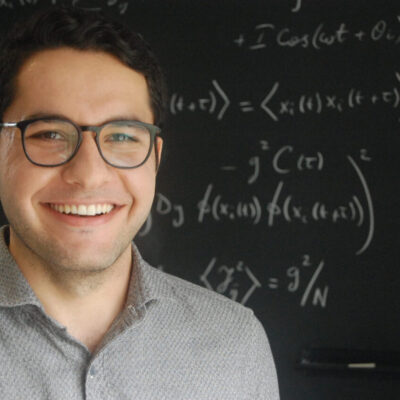Ramin Khajeh Rose Hills
Non-Equilibrium Protocols for Optimizing Self-Assembly Yield
Self-assembly is the spontaneous organization of components into ordered structure, ubiquitous in materials science and biology. Many essential structures in biology, such as the ribosome or virus shells, organize themselves into ordered structures with surprisingly high efficiency. Despite progress, there is not a comprehensive theory to predict the most likely structure based on individual components in a self-assembling material. Moreover, many important examples of self-assembly occur far from thermodynamic equilibrium. In spite of this, modeling efforts have overwhelmingly focused on equilibrium properties of self-assembly. Aided by theory and computer simulations, my aim is to develop a quantitative understanding of the influence of non-equilibrium fluxes on molecular self-organization.
Message To Sponsor
I would like to thank the Rose Hills Foundation and the SURF program for their generous funding and support towards my project in the Geissler group. This opportunity has allowed me to not only develop necessary skillets to succeed in graduate school research, but also to devote my full time to understanding the self-assembly in simple model systems.